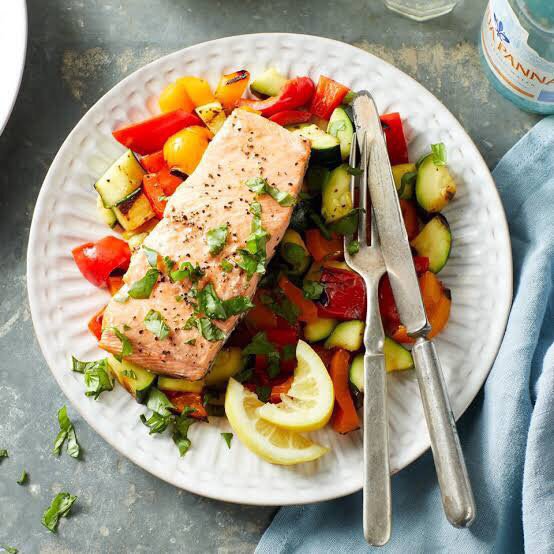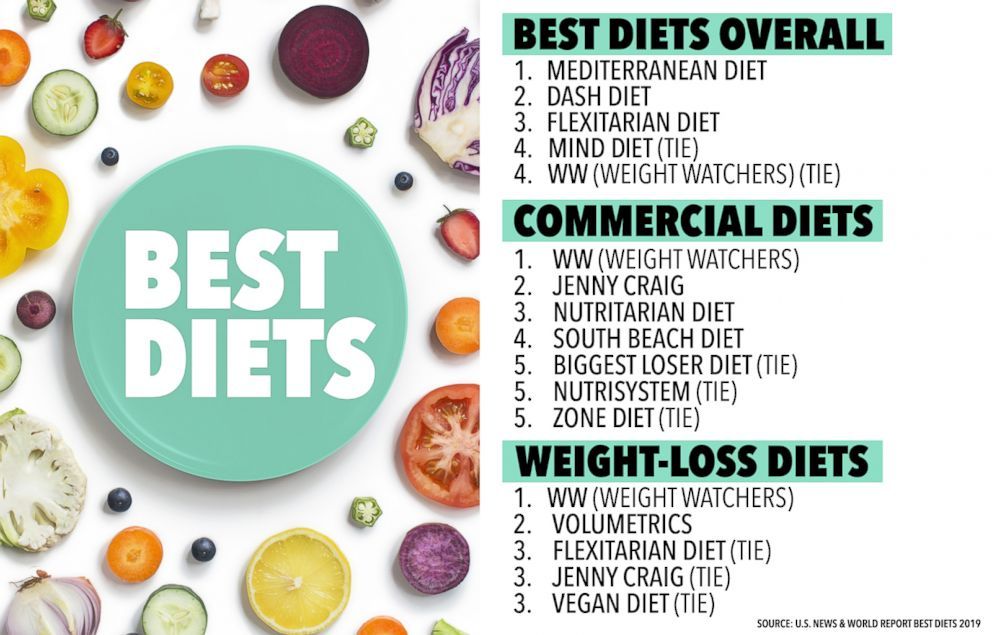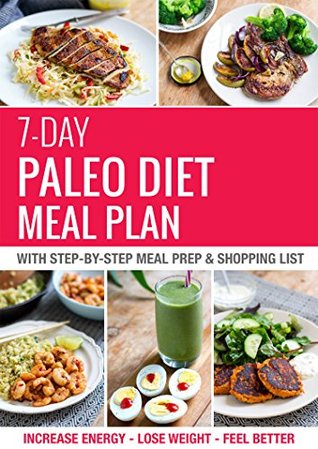
You may be asking yourself, "Who developed the Paleo diet?" American scientist Dr. Loren Cordain is the one who created the Paleo diet. He specializes in nutrition and exercise physiology. He is, among other things, one of the most prominent supporters of Paleo. But which of these two men should you believe? Or is this just another legend? This fascinating diet is revealed in this article.
Dr. Loren Cordain
Paleo is a lifestyle plan that promotes eating foods that our hunter/gatherer ancestors consumed millions of years ago. It's controversial. This diet is based in part on research into Stone Age food, which was high in potassium and low in salt. High salt intake is a major cause of modern diseases. This diet was not available in the Stone Age. Dr. Cordain says that eating like our caveman ancestors did can prevent many illnesses.
Cordain has been a prominent figure in the fields of nutrition and evolution. His research has been featured across a variety of media outlets, including Dateline NBC (New York Times front page) and The New York Times. He has authored three popular books on the subject, as well as a newsletter. Check out these resources for more information on the Paleo diet.
There are three levels to the Paleo Diet: intermediate, advanced, and basic. The lowest level allows for fewer "open meals" and allows for more foods that we are not allowed to eat. You can eat legumes, other seeds, but only in moderation. A week can include 20 meals and 20 snack options. If you want long life and prosperity, this diet is recommended.

This diet is based upon the assumption that high protein intakes are reflected in hunter-gatherers. Cordain does however cite research that supports his theory using an ethnographic atlas from 229 hunter–gatherer societies. According to Cordain's research, 73% got more than half of their energy from animal products and only 14% ate vegetables. Cordain was however refuted by Katherine Milton. J. Clin. Nutr. 71:665-667.
Although Dr. Cordain's hypothesis may sound appealing, there are many strong counterarguments. Cordain claims a diet low on fat and carbohydrates can increase one’s risk of getting cancer. However, the evidence is against this hypothesis. The diet's benefits outweigh its drawbacks, for example. Cordain's research also highlights its limitations, but is not conclusive.
Walter Voegtlin
Paleolithic food is a way of eating which has been around at least 35 years. Walter Voegtlin a gastroenterologist, created the Stone Age Diet. The diet was developed after studying man's ecology and dietary habits. His study found that the diet was beneficial for people with common digestive problems. This diet has many health benefits including improved brain function, and a lower risk of colon cancer.
Voegtlin believed that humans evolved to be carnivores and therefore the diet should be the same. He believed that humans were genetically very similar to dogs or sheep and should eat a primarily carnivorous diet. Modern data supports the diet, which has mixed results but is generally positive. But they must remember that modern humans are not as adaptable to the paleo diet today as animals were ten thousand years back.
Walter Voegtlin's book, "The Real Diet of Man", demonstrates the effectiveness of the diet by examining the chemical structure of food. This book also highlights low glycemic foods, high fiber, and balanced essential fatty acids. It emphasizes the foods that are essential for optimal body functioning. Ted Slanker, Walter Voegtlin and other authors have been covering the basics of nutrition research for more than fifteen years. They also distill complex studies into basic nutrients for human well-being.

Paleo does not allow certain food groups to be consumed, such as sugar, salt, or grains. The diet is not suitable for some animals that are grain-fed. Also, modern fruits are very different to those of paleolithic times. Paleo-diet advocates often cite studies that were limited in number and not sustainable for long periods of time. Those studies cannot support the Paleo diet as a whole.
A study of animal diets is required because the Paleolithic diet is heavily dependent on animal protein. Modern humans are influenced by Paleolithic vegetarian diets, even though they were not entirely vegetarian. Many of these researchers believe that animal diets weren't entirely vegetarian or vegan. While eating more meat and fat can lower cholesterol, it can also improve cardiovascular disease prevention.
FAQ
What can I learn about cooking?
There are numerous cooking classes offered across the country. You can find courses in baking, pastry and wine tasting at many schools. If you want to learn more about cooking, you can enroll in a class at a local community college or vocational school, or attend one offered by a private institution.
How long does it take for you to learn to cook? How long do I need to learn to cook?
It all depends on what level of skill you have. Some people can learn basic cooking techniques in as little as a week. Others may take months or years to master the basics of cooking.
The time it takes to learn how to cook will vary depending on who you are. One example is that someone who has never tried cooking before would likely take more time to learn than someone who cooks often. You may also need more experience with certain types of cooking than others. For instance, baking requires more knowledge than frying.
A specific technique will help you cook faster. Once you've mastered that technique, move on to another one. Don't worry too much about the exact number of days or weeks it takes to learn to cook. Keep practicing and having fun with the whole process.
Are there any requirements to become a chef?
No. No. Some even went on to culinary school to gain work experience. Culinary school is preferred by most chefs because they have more opportunities to grow and learn. Culinary schools give students hands-on experience, which allows them to develop valuable skills as well as improve their culinary knowledge.
What equipment do I need to cook?
No, you don't need any special equipment to learn to cook. However, it can be easier to use the right tools. You could, for example, use a spoon to make pasta or a whisk to whip the egg whites into stiff peaks. It makes cooking much easier and quicker.
Statistics
- On average, chefs earn $58,740 a year, according to the BLS. - learnhowtobecome.org
- The median pay for a chef or head cook is $53,380 per year or $25.66/hour, according to the U.S. Bureau of Labor Statistics (BLS). (learnhowtobecome.org)
- under 10 Kids have been taught that there is special food just for them, and Fiese says that 10 percent of kids will throw a tantrum if they don't get the food they want. (washingtonpost.com)
External Links
How To
How to make an omelet that is perfect
Omelets are a favorite breakfast food of mine. But how do they turn out so perfectly? There are many recipes and methods I tried, but none worked. So today, I want to share some tips and tricks with you so you can make your own delicious and fluffy omelets every morning.
Before we start making omelets, let's remember that eggs are temperamental. They must be fresh, preferably from the organic market, and be kept cold until cooking. You must keep them cool enough to allow the whites to form properly and the yolks to become too runny if they're not kept at the right temperature. This will make your omelets appear strangely colored. If you intend to cook your eggs immediately, it's best to use room-temperature egg.
You can also separate the egg before you add it to the pan. Because this could cause your omelet to become curdled, you don't want any yolk to be mixed with any white.
If you add the egg directly onto the stovetop, you might end up burning the bottom part of the egg, which would ruin the texture of your omelet. Instead, heat the egg for 10 seconds in the microwave before placing it in the pan. The microwave heat is sufficient to cook the egg without overcooking.
Next, let us talk about how to mix the eggs. When mixing eggs, it is important to thoroughly beat them. You need to turn the bowl of the mixer upside down. Next, shake the bowl vigorously. This way, the air inside the bowl gets whipped around and mixes the egg thoroughly.
Now comes the fun part: adding the milk to your mixture. Pour half the milk into the beaten egg mixture and then fold in the eggs. Do not be alarmed if there are still egg streaks visible. Once the omelet flips, these streaks will disappear.
After you have done folding the eggs, heat the pan on medium heat. The oil will start to smoke. Add 1/4 cup butter to the oil and swirl it around to coat all sides of the pan. Now carefully crack open the lid of the pan and sprinkle salt into the pan. A pinch of salt will prevent your omelet from sticking in the pan.
Once the omelet forms, cover the pan again. Let the top side set completely. Use a spatula to flip the omelet or turn the pan upside-down. Cook the other side for another minute or two. Serve the omelet immediately by removing it from the pan.
This recipe works best with whole milk, but skimmed milk also works.